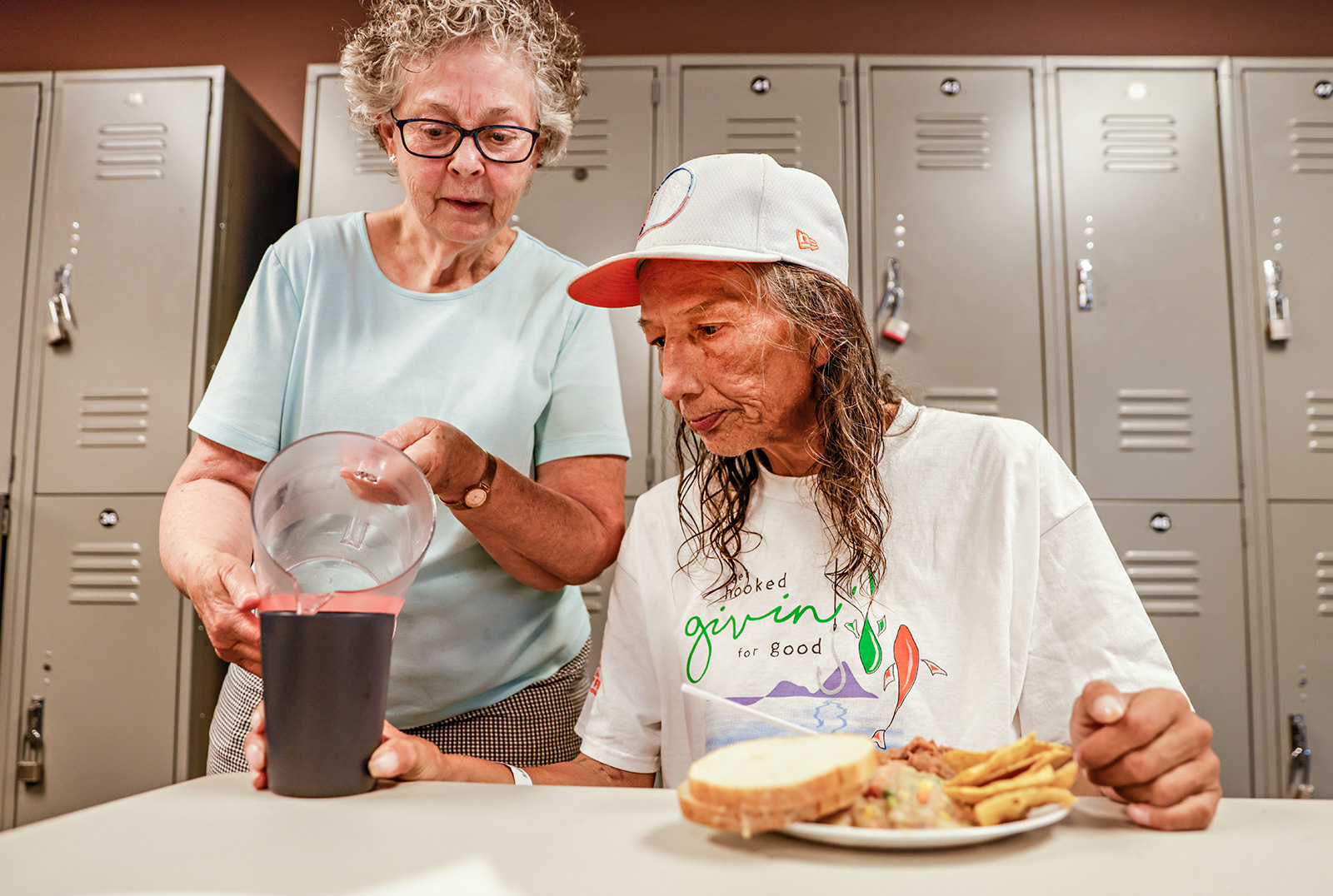Social Service Providers Outline Strategies to Reduce Homeless Population
Members of Collaborative Housing Solutions of Northwest Montana invite elected officials to work with nonprofit organizations and business leaders to mitigate homelessness and change attitudes toward unsheltered people in Flathead County
By Maggie Dresser
In response to the growing homeless population in Flathead County, members of the Collaborative Housing Solutions of Northwest Montana (CHS) have outlined their goals and strategies to mitigate housing instability while inviting elected local leaders to join the conversation.
In a letter sent to Flathead County’s elected officials, CHS Chair Sean O’Neill made a second attempt to invite government officials who previously did not respond to a different call-to-action letter sent two months prior.
“For those that have not responded, or still do not think that local government needs to be involved in these issues, please give us an opportunity to sit down to discuss the issues, needs, gaps, and different options for community solutions with you,” O’Neill wrote in the Aug. 21 letter. “Our goals are likely the same; a safe, healthy, and vibrant community … Violence, criminal, criminal activity, and disruptive behaviors are things that we all agree are not acceptable in our community.”
The group outlined strategies that could be implemented to help solve homelessness, which includes increasing emergency shelter space; improving coordination and communication efficiency; increasing low-income housing stock; increasing public awareness and community involvement; and launching a crisis response system.
CHS members, which includes local nonprofit directors, government officials and business leaders, have been working to improve education and engagement surrounding homelessness as the number of unhoused people in Flathead County grows.
“Recently, fear, anger, and resentment towards the homeless community has grown from the misinformation and misunderstanding that has taken over our local narratives,” O’Neill wrote. “It will continue to be more and more critical to have community leaders help change these narratives and give support with community-wide solutions.”
The alleged murder of a homeless man in June along with multiple reports of harassment and violence toward the unsheltered population triggered a widespread conversation and negative rhetoric in the Flathead Valley, which local stakeholders say should be addressed.
According to the MT Continuum of Care Coalition Point-in-Time (PIT) data collected in 2022, an estimated 319 homeless people were living in Kalispell.
In the greater Kalispell area, there were 87 chronically homeless people in 2022, which HUD defines as someone who has been homeless for at least 12 months, on at least four separate occasions in a year, or someone who has a disabling condition.
By comparison, there were 22 chronically homeless individuals in the Kalispell area in 2020, according to PIT data.
CHS members are working together to strategize ways to reduce those numbers and develop a proactive approach instead of responding reactively to the crisis.
PIT data consistently reveals that about half of the local homeless population is unsheltered, and nonprofit directors say that growing emergency shelter space would help address this problem. To do this, organizations would need to acquire at least two locations to use as emergency shelters, in addition to the Samaritan House, which is the currently the primary emergency shelter location.
To efficiently coordinate between social service providers, officials also suggest implementing a 2-1-1 crisis response system, a toll-free phone system that connects individuals to the appropriate services.
On a broader scale, providers say that the county needs to grow its inventory of affordable, supportive and permanent housing for people who are either already homeless or at risk of becoming homeless.
Currently, there’s a gap in housing available for working class, low income, fixed income and severely disabled individuals, the strategic plan said. Needed resources include acute care facilities, nursing homes, substance abuse programs, case management and subsidized housing.
Solutions for this include collaborating with housing providers, developers, nonprofits and government agencies to expand this type of housing while lobbying for state policies that would generate more subsidized housing.
Following recent negative community attitudes about the homeless population, both from elected officials and the public, CHS members also hope to provide education about the realities and misconceptions of homelessness. To do this, CHS suggested hosting forums and events to engage the public.
“It is impossible to fight these battles without the tools necessary to do so,” O’Neill said. “We will need equal partnership between the government, service providers, and business communities to appropriately address the gaps and needs we are facing.”
CHS will host a meeting at Community Action Partnership of Northwest Montana at 214 Main Street in Kalispell on Sept. 13 from 11 a.m. to 12:30 p.m.